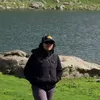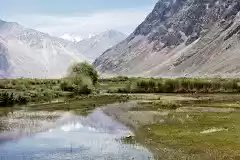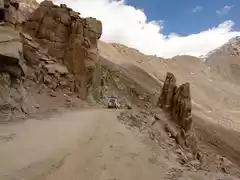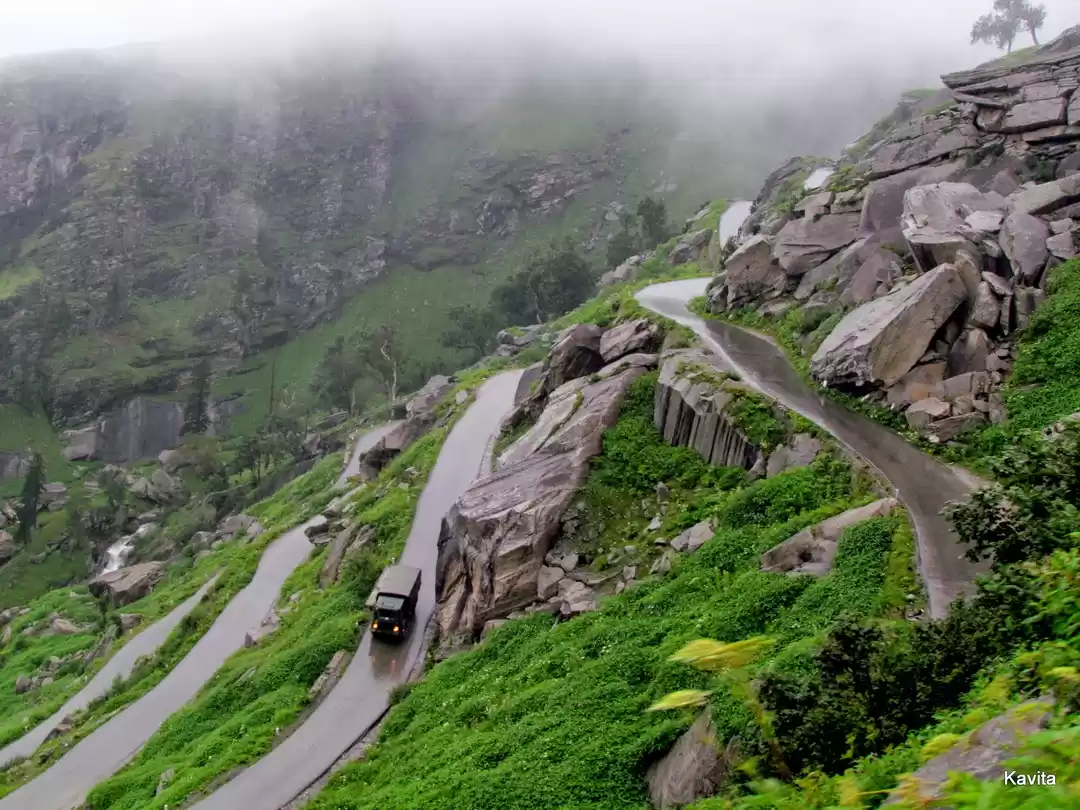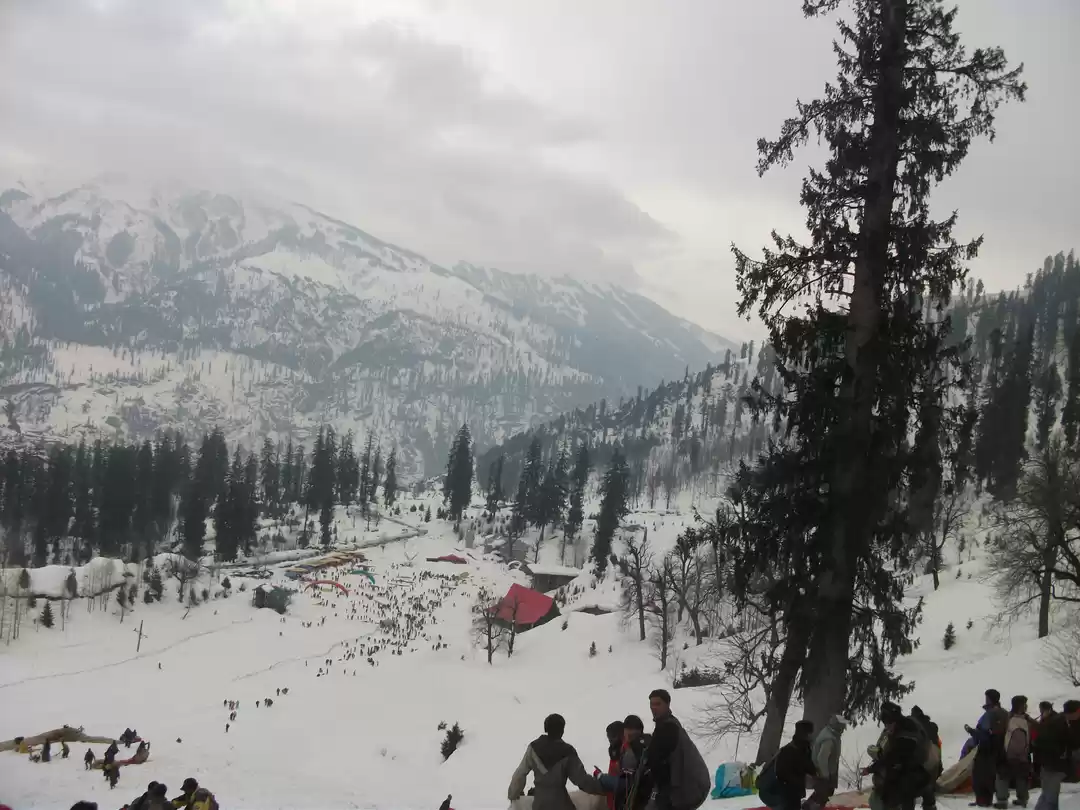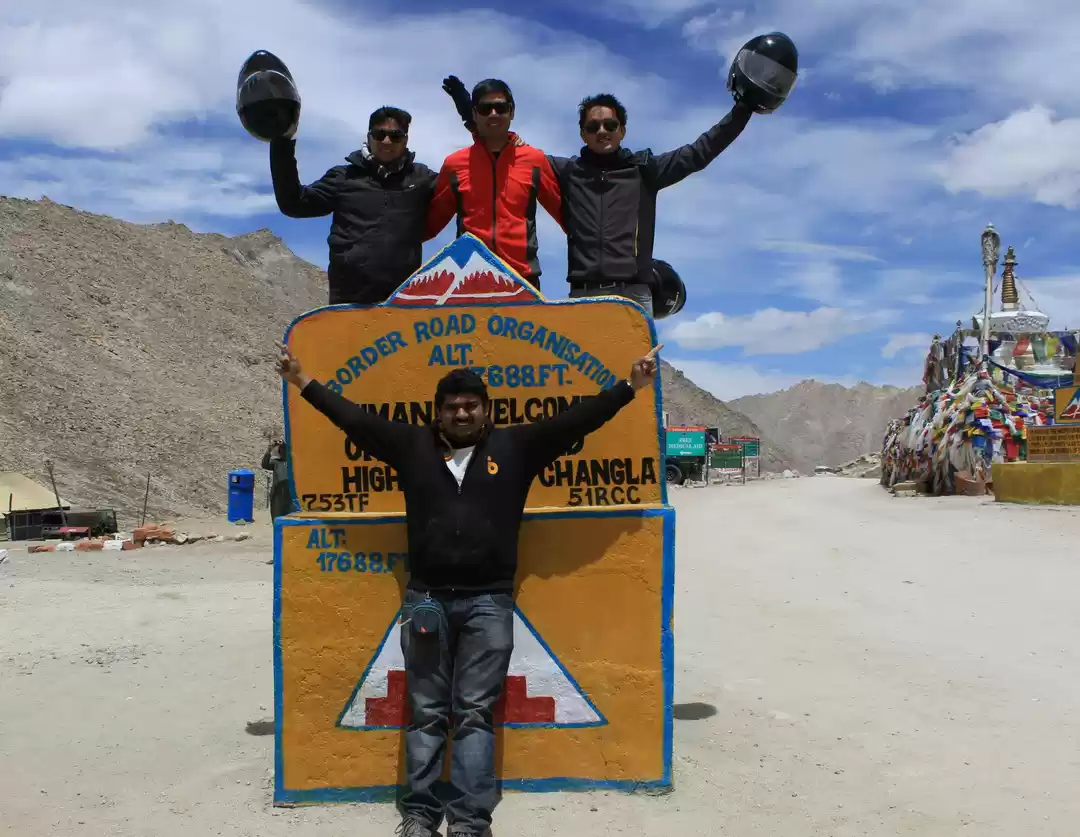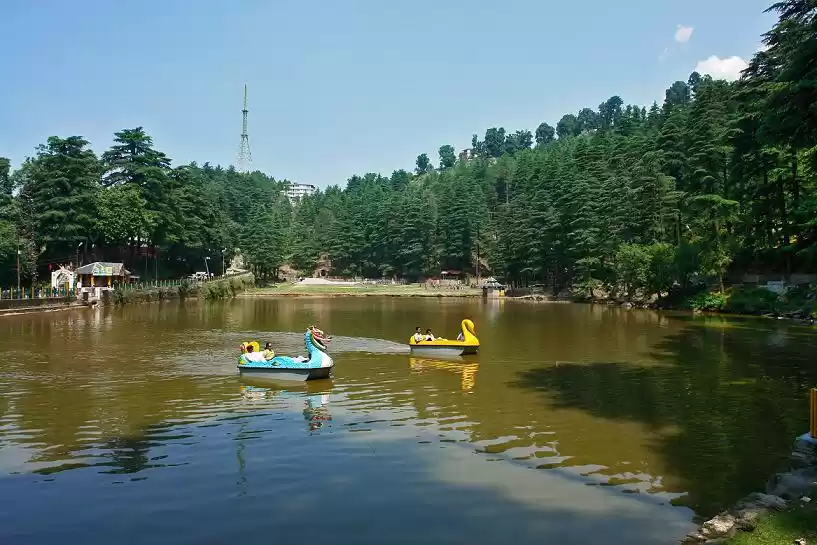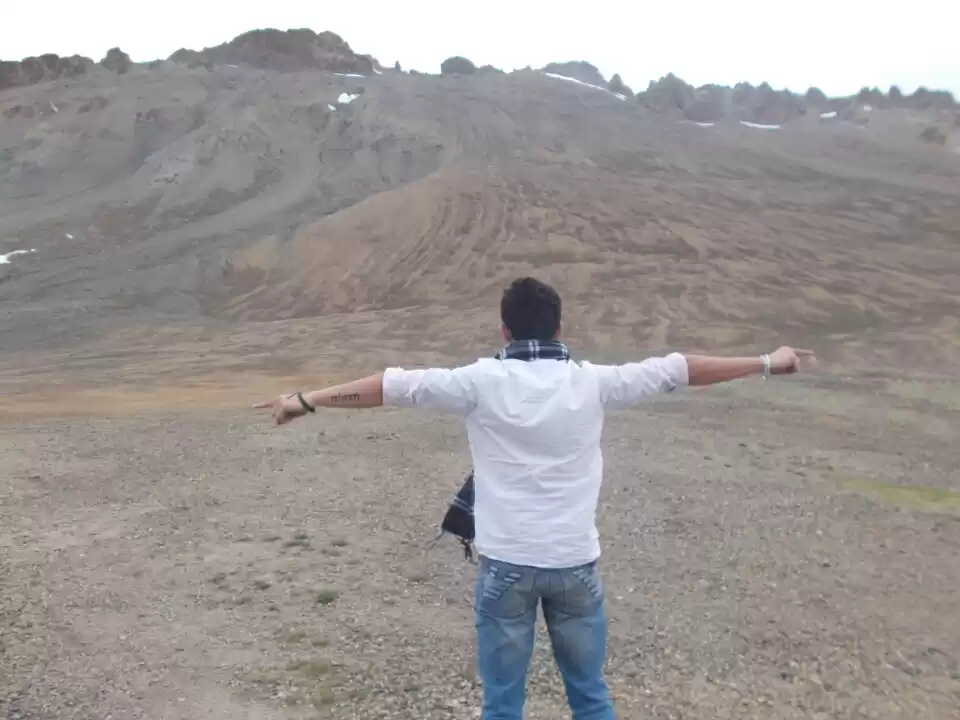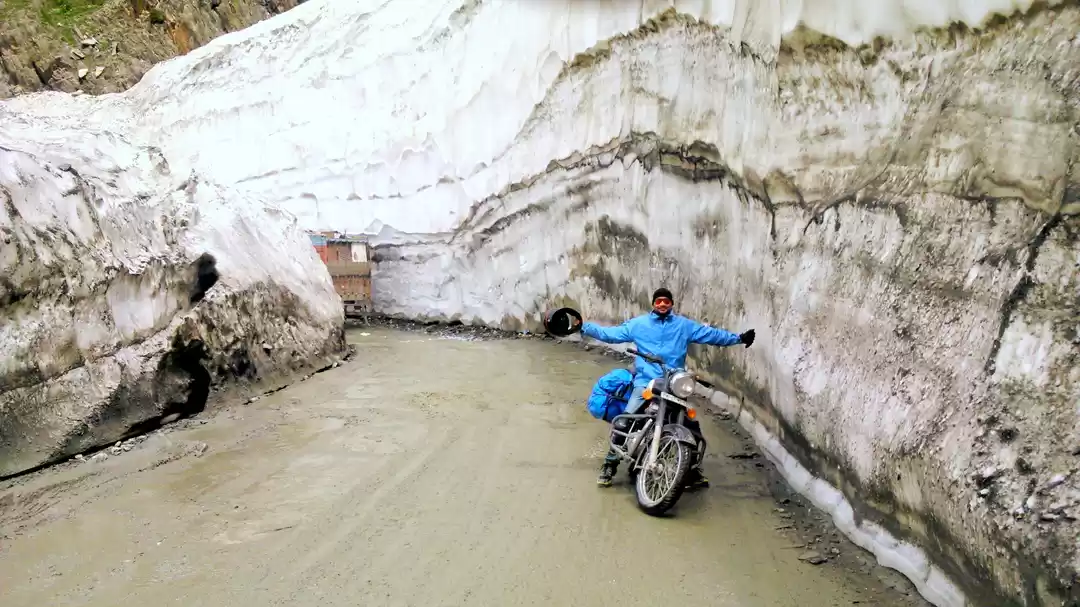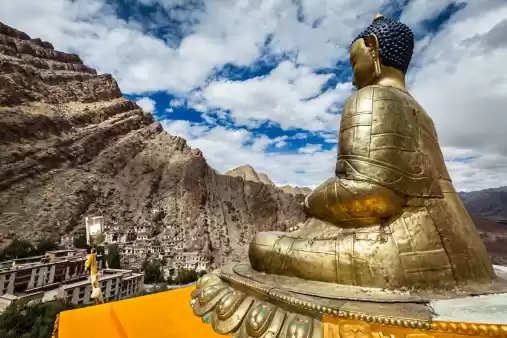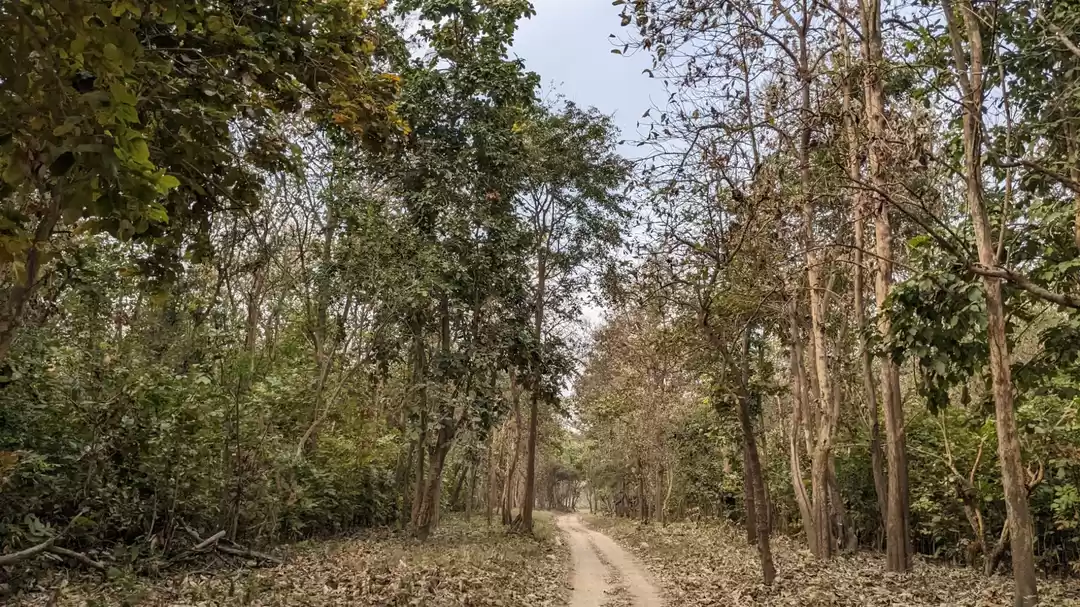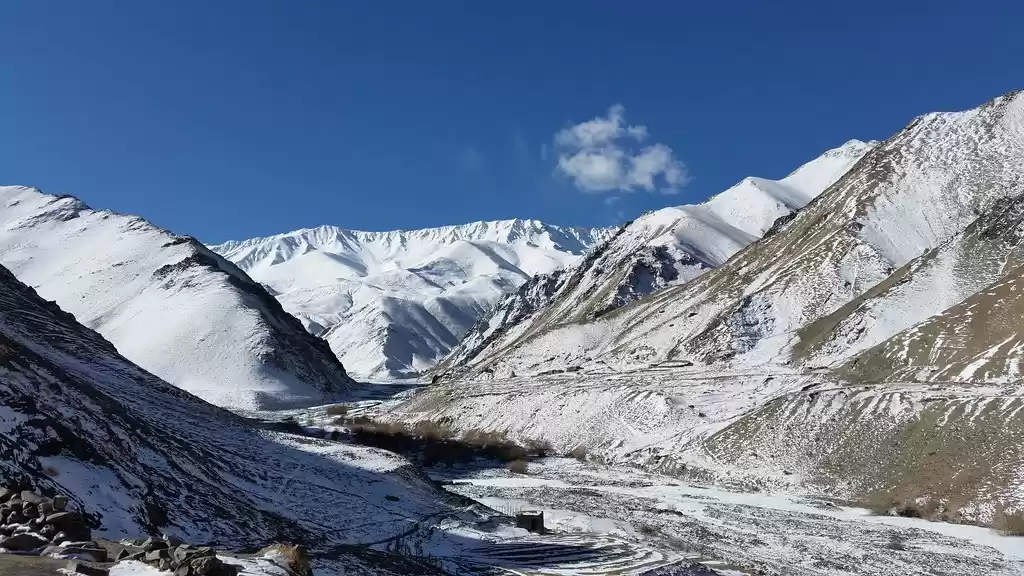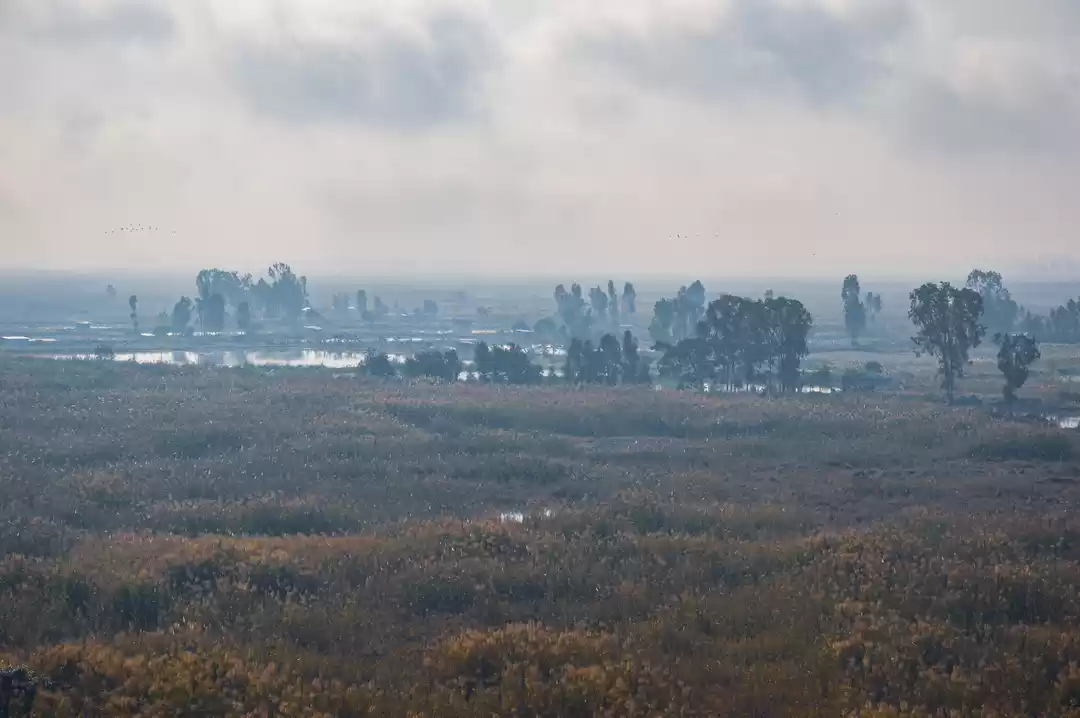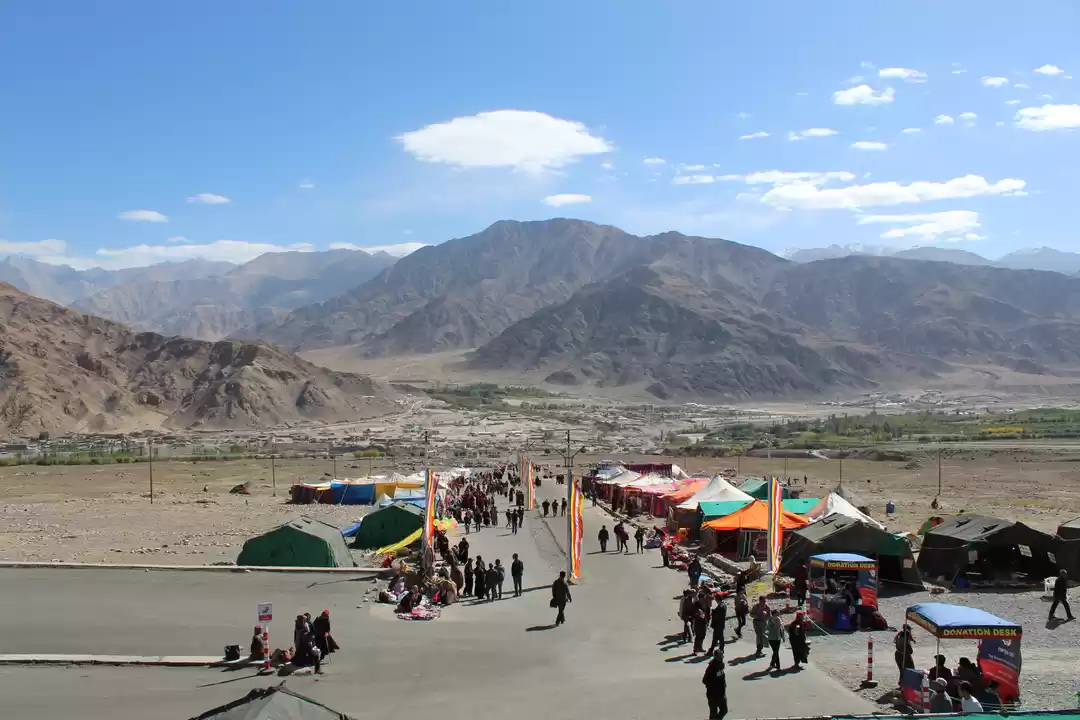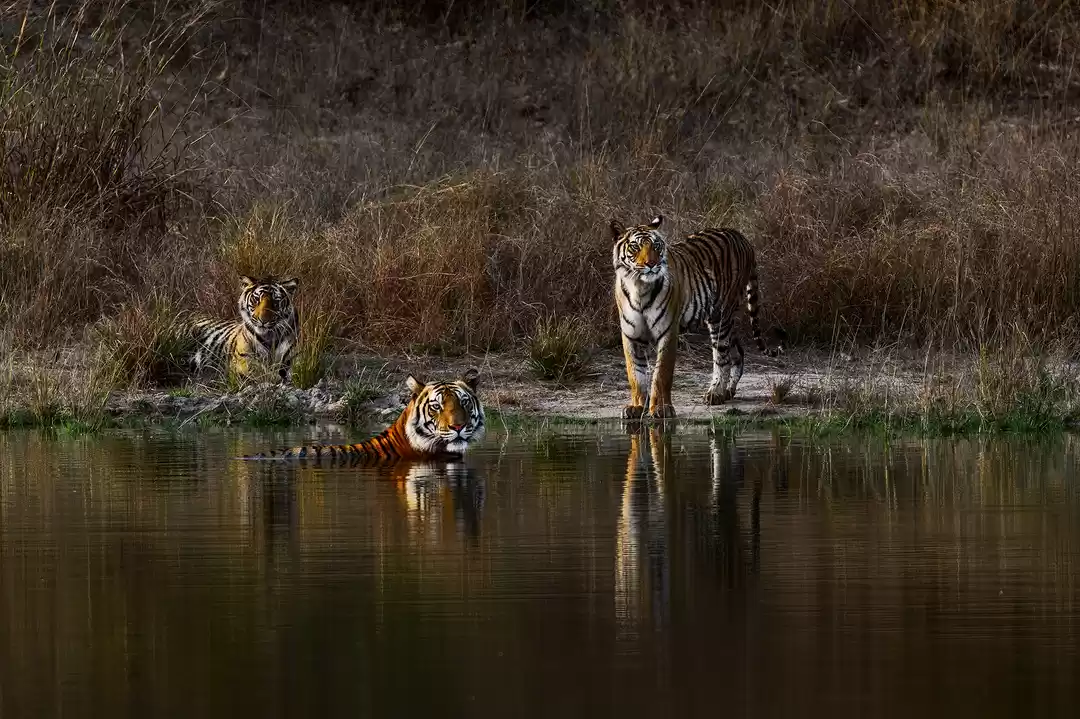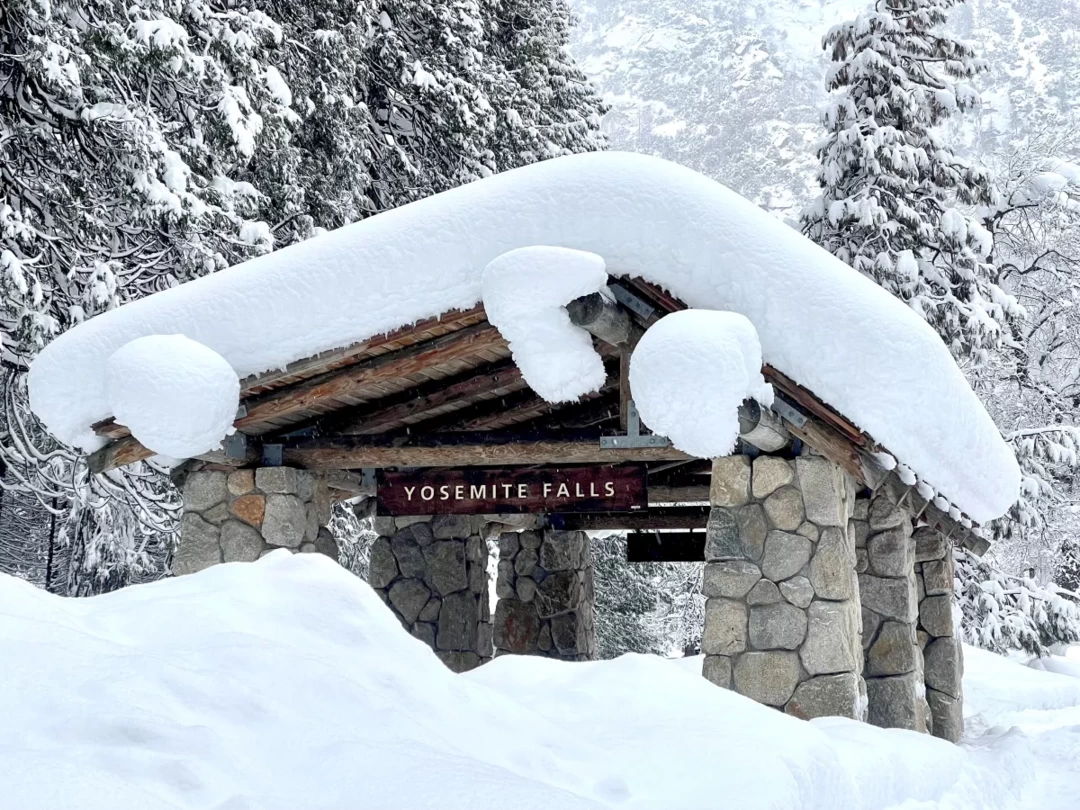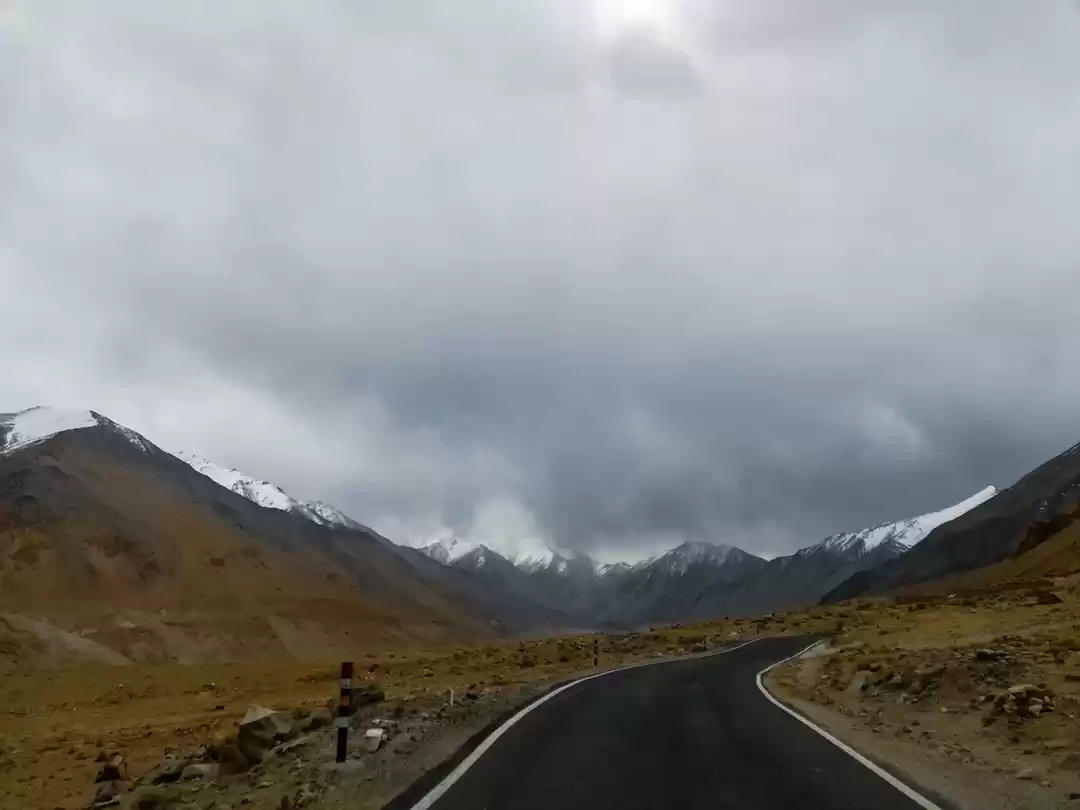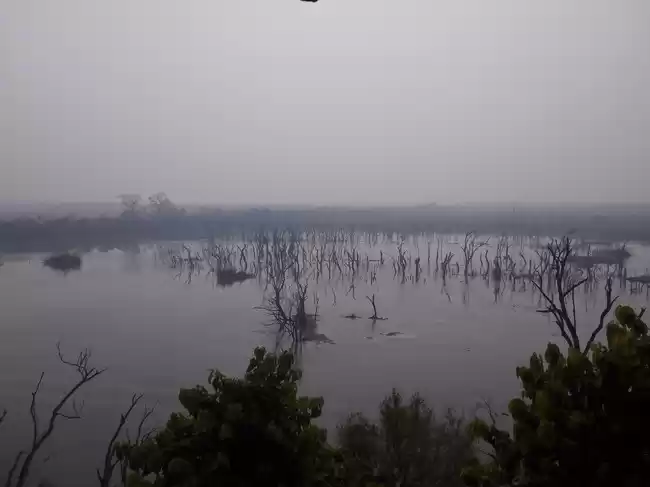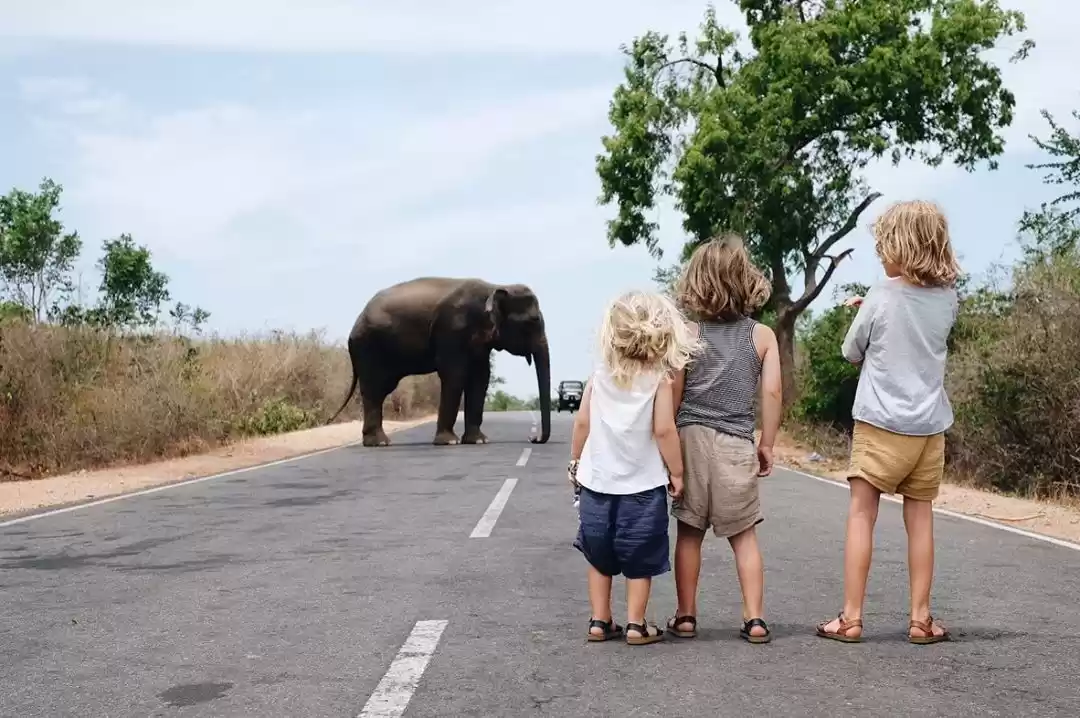Hemis National Park is a hidden gem in the Himalayas, a place where nature and culture coexist in harmony. Located in the eastern part of Ladakh, Hemis National Park is the largest and highest national park in India, covering an area of 4,400 sq km and ranging from 3,300 m to 6,000 m in altitude. Hemis National Park is also one of the best places in the world to spot the elusive snow leopards, the apex predators of the high mountains. Besides the snow leopards, Hemis National Park is home to a rich and diverse wildlife, including the Tibetan wolf, the Eurasian brown bear, the red fox, the ibex, the bharal, and the marmot. Hemis National Park is also a haven for birdwatchers, as it hosts over 200 species of birds, such as the golden eagle, the lammergeier, the Himalayan griffon, and the Tibetan snowcock.
Hemis National Park is not only a wildlife sanctuary, but also a cultural and spiritual landmark of Ladakh. Within the park lies the Hemis Monastery, the largest and oldest monastery in Ladakh, dating back to the 11th century. In this article, we will provide you with a complete guide to Hemis National Park, covering everything you need to know about this stunning destination, from how to reach, when to visit, what to do, where to stay, and more.
Things to do in Hemis National Park

Hemis National Park offers a plethora of things to do for travelers of all interests and preferences. Here are some of the most popular and exciting things to do in Hemis National Park:
1. Snow Leopard Trek
The snow leopard trek is the ultimate wildlife adventure in Hemis National Park, as it gives you a chance to see the elusive and majestic snow leopards in their natural habitat. The snow leopard trek is a challenging and rewarding experience, as it involves trekking through rugged and remote terrain, camping in freezing temperatures, and tracking the snow leopards with the help of local guides and experts. The snow leopard trek is usually conducted in the winter months, from December to March, when the snow leopards are more active and visible.
2. Hemis Monastery
The Hemis Monastery is the largest and oldest monastery in Ladakh, and a must-visit attraction in Hemis National Park. The Hemis Monastery is the seat of the Drukpa lineage of Tibetan Buddhism, and the site of the famous Hemis Festival, a colorful and vibrant celebration of the birth anniversary of Guru Padmasambhava, the founder of Tibetan Buddhism. The Hemis Monastery is also known for its rich collection of ancient scriptures, statues, thangkas, and relics. The Hemis Monastery is open for visitors from June to September, and offers a glimpse of the rich and ancient culture and heritage of Ladakh.
3. Bird Watching
Hemis National Park is a paradise for birdwatchers, as it hosts over 200 species of birds, many of which are rare and endemic to the region. Some of the most notable birds that can be seen in Hemis National Park are the golden eagle, the lammergeier, the Himalayan griffon, the Tibetan snowcock, the chukar partridge, the Himalayan snowfinch, and the robin accentor. The best time to go bird watching in Hemis National Park is in the spring and autumn seasons, when the birds are more active and diverse.
4. Trekking
Hemis National Park is a trekker’s delight, as it offers some of the most scenic and challenging treks in the Himalayas. The park has several trekking routes that vary in difficulty and duration, ranging from easy day hikes to strenuous multi-day expeditions. Some of the most popular and rewarding treks in Hemis National Park are the Markha Valley Trek, the Ganda La Trek, the Stok Kangri Trek, and the Hemis to Padum Trek. These treks take you through some of the most stunning landscapes and cultures of Ladakh, such as the barren mountains, the green valleys, the crystal clear rivers, the ancient monasteries, and the hospitable locals. The best time to go trekking in Hemis National Park is in the summer season, from June to August, when the weather is favorable and the trails are accessible.
5. Camping
Hemis National Park is a great place to camp and enjoy the beauty and serenity of nature. The park has several camping sites that offer basic facilities and amenities, such as tents, sleeping bags, mattresses, toilets, and food. Camping in Hemis National Park is a wonderful way to experience the wilderness and the night sky of Ladakh, as well as to interact with the local communities and learn about their lifestyle and culture. The best time to go camping in Hemis National Park is in the summer season, from June to August, when the temperature is comfortable and the risk of snowfall is low.
Accommodation Near Hemis National Park
Hemis National Park does not have any accommodation options within its premises, as it is a protected area and a wildlife reserve. However, there are several accommodation options near Hemis National Park, ranging from budget to luxury, that cater to the needs and preferences of different travelers. Some of the best accommodation options near Hemis National Park are Hemis Eco Resort, Hemis View Guest House and Hemis Monastery Guest House.
Best Time to Visit Hemis National Park
The best time to visit Hemis National Park depends on what you want to see and do in the park. Hemis National Park experiences four seasons: spring, summer, autumn, and winter. Each season has its own charm and challenges, and offers different opportunities for wildlife viewing and cultural exploration.
Spring (March to May): Spring is the time when the snow starts to melt and the flowers start to bloom in Hemis National Park. The temperature ranges from 0°C to 15°C, and the weather is pleasant and sunny. Spring is a good time to visit Hemis National Park if you want to enjoy the greenery and the freshness of the park, and also catch a glimpse of the snow leopards, as they descend to lower altitudes in search of prey.
Summer (June to August): Summer is the peak season for tourism in Hemis National Park, as the temperature ranges from 15°C to 25°C, and the weather is warm and dry. Summer is the best time to visit Hemis National Park if you want to enjoy the scenic beauty and the adventure activities of the park, such as trekking, camping, and photography.
Autumn (September to November): Autumn is the time when the leaves start to change color and the park becomes a palette of yellow, orange, and red. The temperature ranges from 10°C to 20°C, and the weather is cool and clear. Autumn is a good time to visit Hemis National Park if you want to witness the stunning fall foliage and the serene atmosphere of the park, and also spot some of the rare and endangered wildlife, such as the Tibetan wolf, the Eurasian brown bear, and the red fox.
Winter (December to February): Winter is the time when the park is covered with a thick layer of snow and the temperature drops below zero. The weather is harsh and cold, and the roads are often blocked due to snowfall. Winter is the best time to visit Hemis National Park if you are an avid and experienced wildlife enthusiast, and want to see the snow leopards in their full glory, as they are more active and visible in the winter months.
How to Reach Hemis National Park
Hemis National Park is located about 40 km southeast of Leh, the capital of Ladakh.
By air: The easiest way to reach Hemis National Park is by air, as Leh has a domestic airport that is well connected to major cities in India, such as Delhi, Mumbai, Srinagar, and Chandigarh. From Leh, you can hire a taxi or a bus to reach Hemis National Park, which will take about an hour.
By road: Another option to reach Hemis National Park is by road, which is more adventurous and scenic, but also more challenging and time-consuming. There are two main routes to reach Leh by road, one from Srinagar via Kargil, and the other from Manali via Keylong. Both routes pass through some of the highest and most spectacular mountain passes in the world, such as Zoji La, Khardung La, and Rohtang Pass. The roads are usually open from May to October, and closed during the winter months due to heavy snowfall.
Hemis National Park is a must-visit destination for anyone who loves nature, wildlife, and culture. Hemis National Park is the largest and highest national park in India, home to the elusive snow leopards and the ancient Hemis Monastery. Hemis National Park offers a plethora of things to do for travelers of all interests and preferences, such as snow leopard trek, Hemis Monastery visit, bird watching, trekking, and camping.
Hemis National Park also has several accommodation options near the park, ranging from budget to luxury, that cater to the needs and preferences of different travelers. Hemis National Park is a place where you can experience the beauty and the diversity of Ladakh, while also supporting the conservation and the development of the region.
If you are looking for an adventure of a lifetime, Hemis National Park is the perfect destination for you.

